The Italian Greyhound, also known as the Piccolo Veltro Italiano, is a small, sleek sight hound with a rich history and an abundance of charm. These elegant canines are known for their gentle temperament, lightning-fast speed, and captivating appearance. They are often described as affectionate, playful, and fiercely loyal companions. If you’re considering welcoming an Italian Greyhound into your life, here’s an in-depth look into the world of these miniature speedsters.
History and Origins
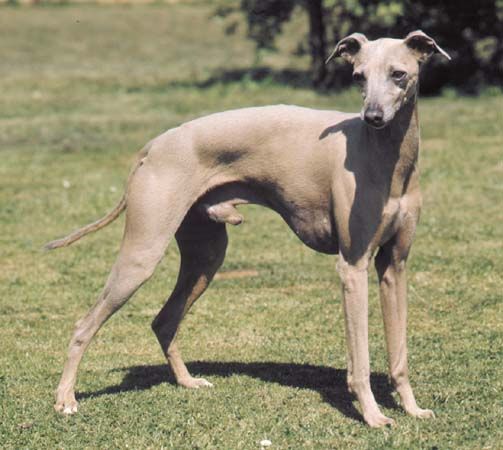
The Italian Greyhound’s lineage can be traced back to ancient Egypt, where they were prized for their hunting prowess. Over time, these sighthounds made their way to Italy, where they were further refined and used to hunt rabbits and other small game.
Popularity Among Nobility
Italian Greyhounds quickly gained popularity among the Italian nobility, who admired their grace, speed, and gentle nature. The dogs were highly sought-after as companion animals among aristocrats and royals. Their slim build allowed them to be transported easily for travels. Legend has it that Cleopatra herself kept an Italian Greyhound that she adorned with a bejeweled collar.
Continued Refinement
Early Italian Greyhounds were larger than the breed we know today. Through selective breeding over the centuries, breeders gradually created smaller, even more fine-boned dogs. This refinement allowed the Italian Greyhound to maximize its speed and agility for lightning-fast pursuits of prey. Their prowess at hunting small game solidified their status as a superior sighthound breed.
Physical Characteristics
Italian Greyhounds are renowned for their slender, athletic build. They stand 13 to 15 inches tall at the shoulder and weigh between 8 and 15 pounds. Their bodies are elongated and graceful, with a deep chest and a tucked-up abdomen.
Elegant Proportions
An Italian Greyhound’s proportions are considered nothing short of elegant – its length is equal to or slightly greater than its height. Its supple and arched neck blends smoothly into lean shoulders. An “inverted S” curved back and gently tucked loin give the dog an overall “S” shape profile. This streamlined structure allows maximum extension and drive when running at top speeds.
Expressive Features
In addition to its graceful frame, an Italian Greyhound possesses remarkably expressive and beautiful facial features. Their heads are long and narrow, with large, dark, almond-shaped eyes that give an alert and intelligent expression. Their ears stand erect and are thin and delicate to the touch.
Temperament and Personality
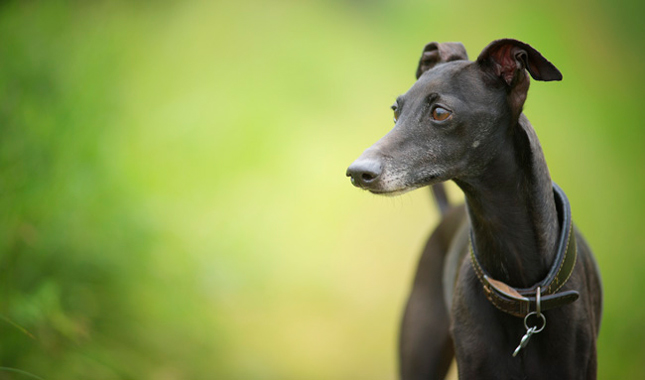
Despite their reputation as speed demons, Italian Greyhounds are surprisingly gentle and affectionate dogs. They are devoted to their owners and thrive on human companionship. They are sensitive and intelligent creatures that respond well to positive reinforcement training. Italian Greyhounds are generally reserved with strangers but can warm up with time and proper socialization.
Affectionate Nature
While they love to run, Italian Greyhounds are just as content being lap dogs and basking in human affection. They form exceptionally close bonds with their favorite people. Many owners comment that their Italian Greyhounds follow them from room to room and refuse to be left alone for long. Their dependence on companionship means they do best in homes where they receive plenty of love and attention.
Sensitivity
Italian Greyhounds tend to be timid and wary around new sights, sounds, people, and animals. Their sensitive nature requires patience, gentleness, and gradual exposure to novel things. However, this sensitivity also allows them to be incredibly in-tune with their owners’ moods. They are attuned to human emotions and often seem to understand exactly what their person needs from them.
Exercise and Activity Needs
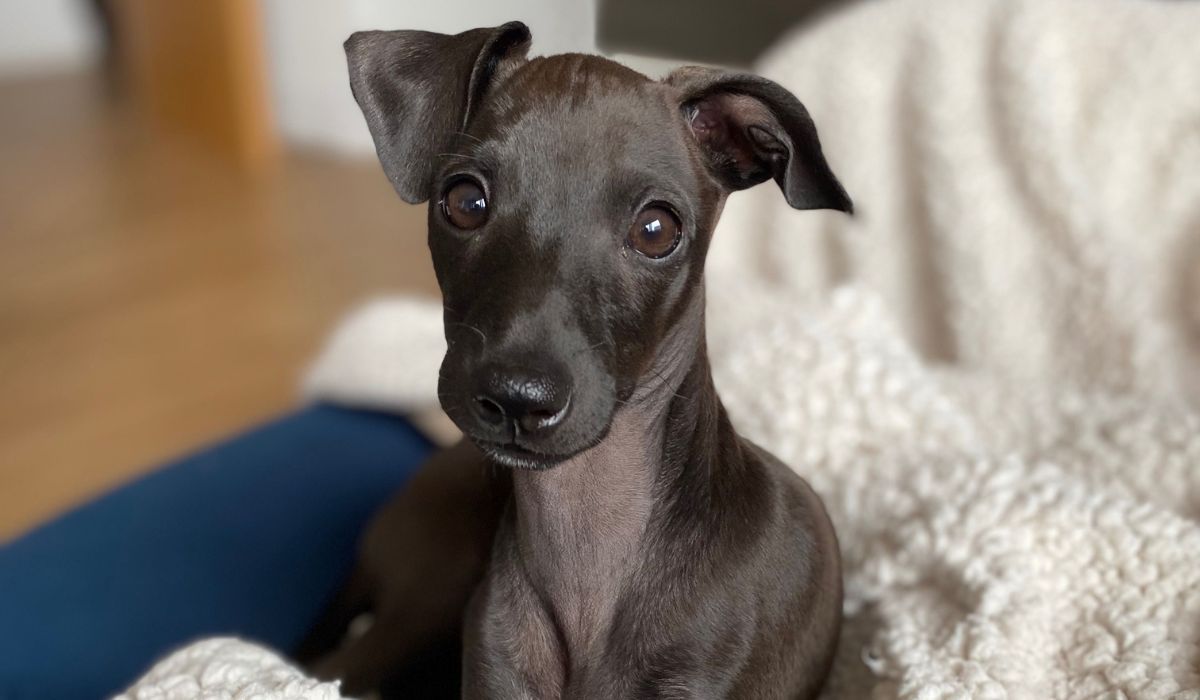
Italian Greyhounds are not high-energy dogs in the traditional sense. They don’t require excessive amounts of exercise, but they do need regular physical activity to stay healthy and happy. A daily brisk walk or a romp in a fenced-in yard is usually sufficient. Italian Greyhounds are natural runners and enjoy bursts of speed, so occasional outings to a dog park or open field are ideal.
Enjoyment of Running
While a moderate pace walk may satisfy an Italian Greyhound’s exercise requirements, most thrive on opportunities to really stretch their legs and run at top speeds. When given the chance in a safely enclosed area, these dogs delight in racing back and forth, adeptly changing directions with sharp turns and lightning-fast reflexes. Their sheer joy of running is a sight to behold.
Potential for Injury
An Italian Greyhound’s delicate and fragile build makes them prone to injury if allowed to run and play on unsafe or uneven surfaces. Broken bones are not uncommon if they jump off furniture or take a hard tumble. Care should be taken to provide soft bedding and to avoid rough play that could result in harm. Their safety should be top priority for any owner.
Grooming and Care
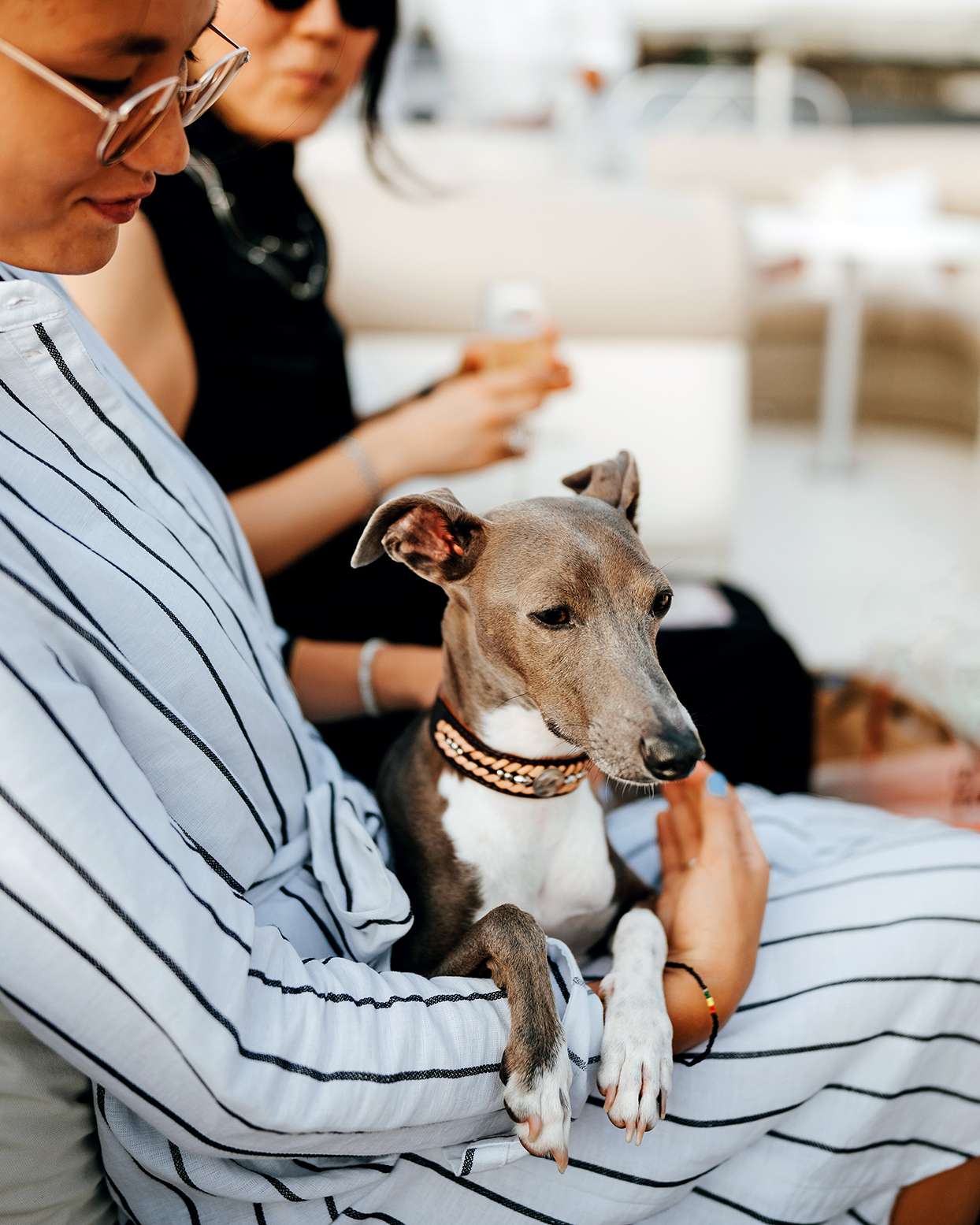
Italian Greyhounds have short, smooth coats that require minimal grooming. A weekly brushing will help remove loose hair and keep their coats shiny. Bathing is only necessary occasionally, unless they get particularly dirty. Italian Greyhounds are relatively low-maintenance dogs when it comes to grooming.
Sensitive Skin
An Italian Greyhound’s thin coat provides little insulation or protection for their skin. As a result, their skin tends to be incredibly sensitive and vulnerable to sunburn, scrapes, cuts, and irritation. Owners need to take care when brushing, bathing, or handling their dog. Mild dog shampoos should be used to avoid drying out the skin. Dog clothing can help protect their skin when outdoors.
Dental Care Needs
Italian Greyhounds frequently suffer from dental problems like gum recession, tooth decay and loss. Their narrow mouths coupled with genetic tendencies means that careful and consistent dental care regimen is essential. Annual dental cleanings, daily tooth brushing, dental treats, and chew toys are all simple ways owners can maintain good dental health.
Training and Socialization
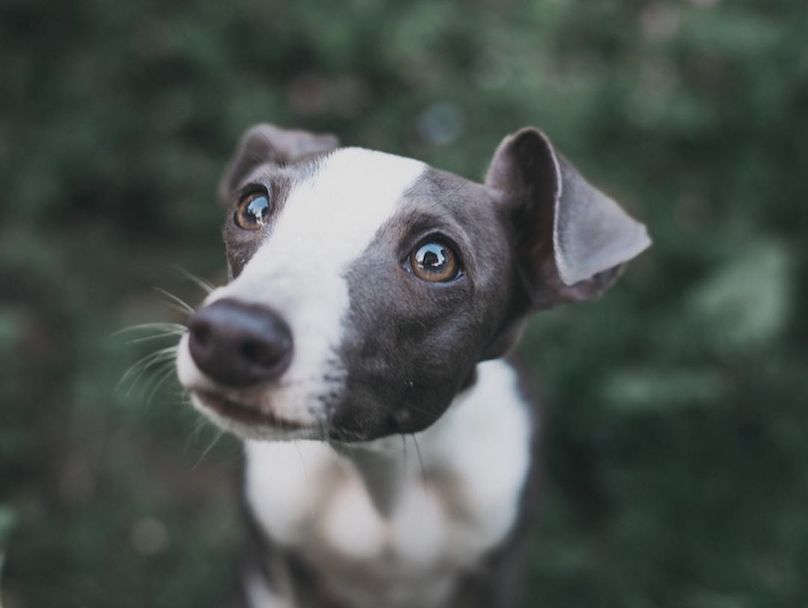
Italian Greyhounds are intelligent dogs that respond well to positive reinforcement training. They are sensitive creatures that do not respond well to harsh commands or punishment. Patience, consistency, and positive reinforcement are key to successfully training an Italian Greyhound. https://en.wikipedia.org/wiki/Socialization is also important for Italian Greyhounds, as it helps them become well-adjusted and comfortable around other dogs and people.
Reward-Based Methods
Italian Greyhounds appreciate structure and consistency in their training regimen. Clear communication of expectations paired with rewards for good behavior helps them learn rapidly. Treats, praise, playtime, and affection should be utilized to encourage desired responses. Punishments like scolding or yelling should never be used with this sensitive breed. Rewards will always yield better results.
Gradual Exposure
An Italian Greyhound that is undersocialized and unfamiliar with novel things may become fearful or skittish. They require extensive positive exposures to new places, people, animals, sights and sounds starting from a very young age. This gradual acclimation allows them to gain confidence and prevents negative reactions later on. Owners should make socialization a priority.
Health and Lifespan
Italian Greyhounds are generally healthy dogs with a lifespan of 12 to 15 years. However, they are prone to certain health conditions, such as hypoglycemia, sensitivity to cold, and dental problems. Regular veterinary checkups are essential to monitor their health and detect any potential problems early on.
Hypoglycemia Watch
Italian Greyhounds have exceptionally fast metabolisms and struggle to store glucose between meals. This makes them susceptible to low blood sugar crashes if meals are infrequent. Symptoms like lethargy, muscle tremors and weakness, and even seizures can indicate a dangerous drop in glucose. Owners should feed smaller, more frequent meals spread throughout the day. Sugary supplements can quickly raise blood sugar when needed.
Temperature Regulation
This breed lacks insulating body fat and struggles to maintain normal body temperature in cold conditions. Without a sweater or coat, Italian Greyhounds start to shiver at temperatures below 60 F. Prolonged chilling can be life threatening. Owners must monitor their dog closely when outdoors and never leave them alone in a cold house or car. Providing a constant ambient temperature above 65 F is ideal.
Conclusion
Italian Greyhounds are captivating companions that offer a unique blend of speed, elegance, and affection. They are gentle, sensitive, and intelligent dogs that thrive on human companionship. If you’re looking for a loyal and loving companion who will bring joy and excitement to your life, an Italian Greyhound may be the perfect breed for you. Careful consideration should be made regarding their extensive exercise, training, socialization, and health care requirements. However, for the right owner willing to meet their needs, an Italian Greyhound promises to deliver unwavering devotion.